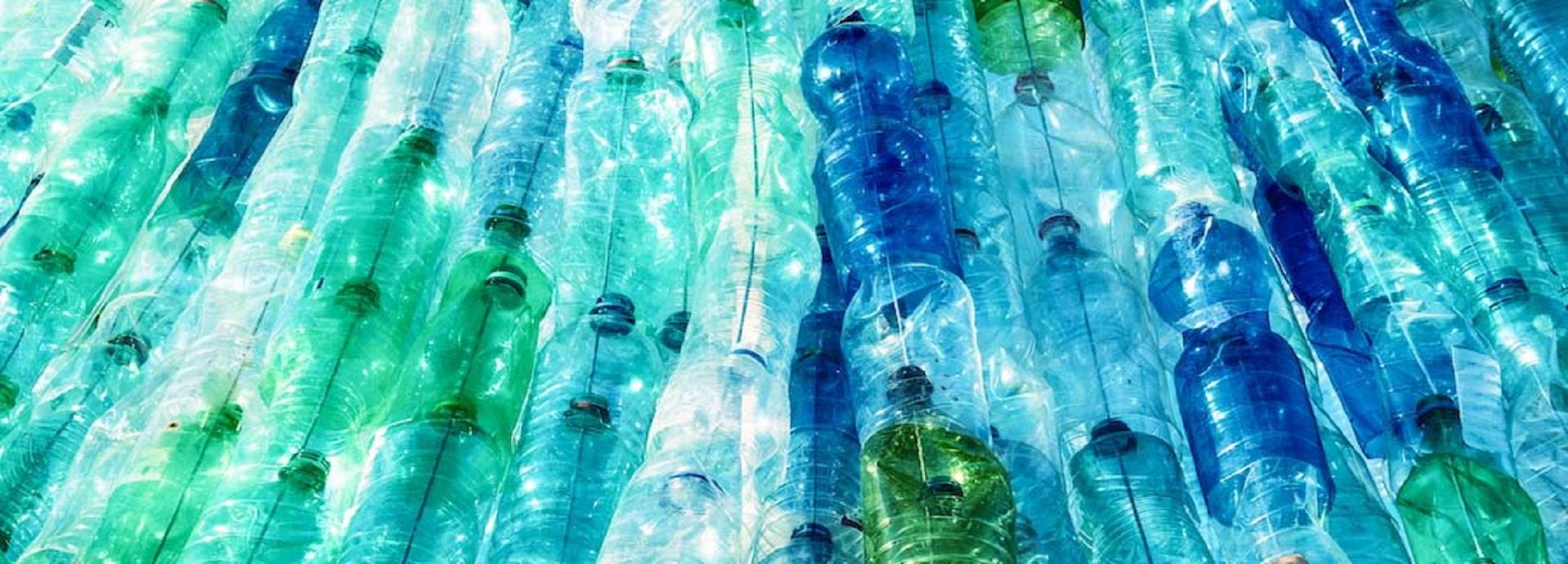

China, the world’s largest plastic waste importer, has thrown the recycling world into turmoil by imposing a ban on the import of most varieties of ‘foreign’ plastic wastes. While this move may seem like a huge blow, it poses an opportunity for everyone to find a more viable solution to the problem of plastic wastes.
In 2016, China imported 45% of the world’s plastic waste. According to China’s Ministry of Environmental Protection, 26% of that waste came from Hong Kong. Other big contributors were Japan, the United States, Thailand, Germany, Belgium, and the Philippines.
Chinese facilities processed scrap plastic into pellets which were used to make a wide range of goods. However, in the beginning of 2018, a major change took place in this global flow when China imposed a ban on the import of most varieties of plastic wastes.
“China’s problem was that a lot of these imported plastic wastes were unsorted or contaminated, which couldn’t be recycled easily,” explains Kari Punnonen, Regional Director, North East Asia, Wärtsilä Energy Solutions.
Much of the plastic waste China imported would be recycled into new products, but a significant amount couldn’t be and thus the world’s non-biodegradables kept mounting in Chinese landfills.
“The ban is really no surprise because China is serious about the environment and has been taking steady steps in this direction for years,” says Punnonen. “This ban is good for China. However, now it is the rest of the world’s turn to quickly find an alternative waste management solution.
Passing the buck
“China’s plastics waste ban is actually a huge opportunity,” says Verónica de la Cerda, CEO of Triciclos, a for-profit corporation with a social and environmental purpose. “This will force source countries to rethink their waste management. This includes collection, logistics and domestic recycling. Countries should think about how to make it easier to collect plastic and easier ways to recycle it, which are actually two different challenges.”
Punnonen concurs, saying developed countries should not export their problems. “The moral thing to do here is to have a healthy discussion among waste exporting countries on how to deal with their own waste,” he says. “This ban is our opportunity to do something in that direction.”
For instance, in Europe, less than 30% of the 25 million tonnes of plastic waste generated each year get recycled. So, early 2018, EU nations and the European Parliament agreed to set legally-binding targets for the bloc to recycle 55% of its plastic packaging waste by 2030.
Whose trash is it anyway?
Countries in Southeast Asia are taking some steps as well. For instance, Malaysia, Thailand, and Vietnam are trying to accept some of the plastic waste imports, which previously would have gone to China.
The fear, however, is that these countries are not prepared enough to accept an additional seven to eight million tonnes of plastic scrap that China has been accepting every year since 2008. This has caused a ripple effect in many source countries that now have to dispose plastic wastes in landfills, which they otherwise would have exported for recycling.
“Here in Chile, our recycling systems are still developing. In a way, we are lucky because we can now learn from Europe and see what works and what doesn’t and create an even more advanced recycling ecosystem,” says de la Cerda. Triciclos is building recycling systems in South America as well as helping multinational companies design more sustainable packaging. Their goal is to help build a circular economy, so materials stay in circulation.
Going circular, together
“We should also rethink what went into those products in the first place,” says de la Cerda. The manufacturers of everything from plastic tubs for margarine to hard plastic cases for televisions need to reimagine their products, reducing the amount of plastic they use and making use of easily recyclable materials.
Public policy can also help, such as having the cost of recycling a product included in its initial purchase price. This gives the consumer a major incentive to recycle it. China’s plastic waste ban can be the wake-up call that the world needed to finally address how plastic is used and consumed.
“I’m optimistic,” says de la Cerda. “The big multinationals are not only conscious about this problem, but they are actually doing something about it, reinventing, and coming up with better product designs. We are also confronting overconsumption because we can’t consume as we have in the past. However, this is an urgent problem and thus the efforts and actions need to be to be accelerated.”
But the mounting landfills of plastic waste is not the only worry. The blue planet’s waters are under threat too.
Water worries
More plastic could end up in the waters because source countries now have fewer options to ship their plastic waste to. “I hope that isn’t a real threat,” says de la Cerda. “It is certainly illegal, but you never know.”
The possibility of more plastic waste ending up in oceans worries Punnonen as well. “Wärtsilä is in the marine business and we are concerned about marine pollution,” he says. “For example, we work with the Seabin Project, which has developed a floating rubbish bin which collects trash in the water. We are also involved with SEA20, a global league of cities dedicated to building sustainable marine and energy ecosystems.”
The authorities aren’t unaware of this threat. They are taking actionable steps. Just last week, the International Chamber of Shipping published its latest ‘Guidance for the Preparation and Implementation of Garbage Management Plans’ that will help the industry comply with the IMO (International Maritime Organization) regulation regarding treatment and disposal of garbage from ships.
Did you like this? Subscribe to Insights updates!
Once every six weeks, you will get the top picks – the latest and the greatest pieces – from this Insights channel by email.


